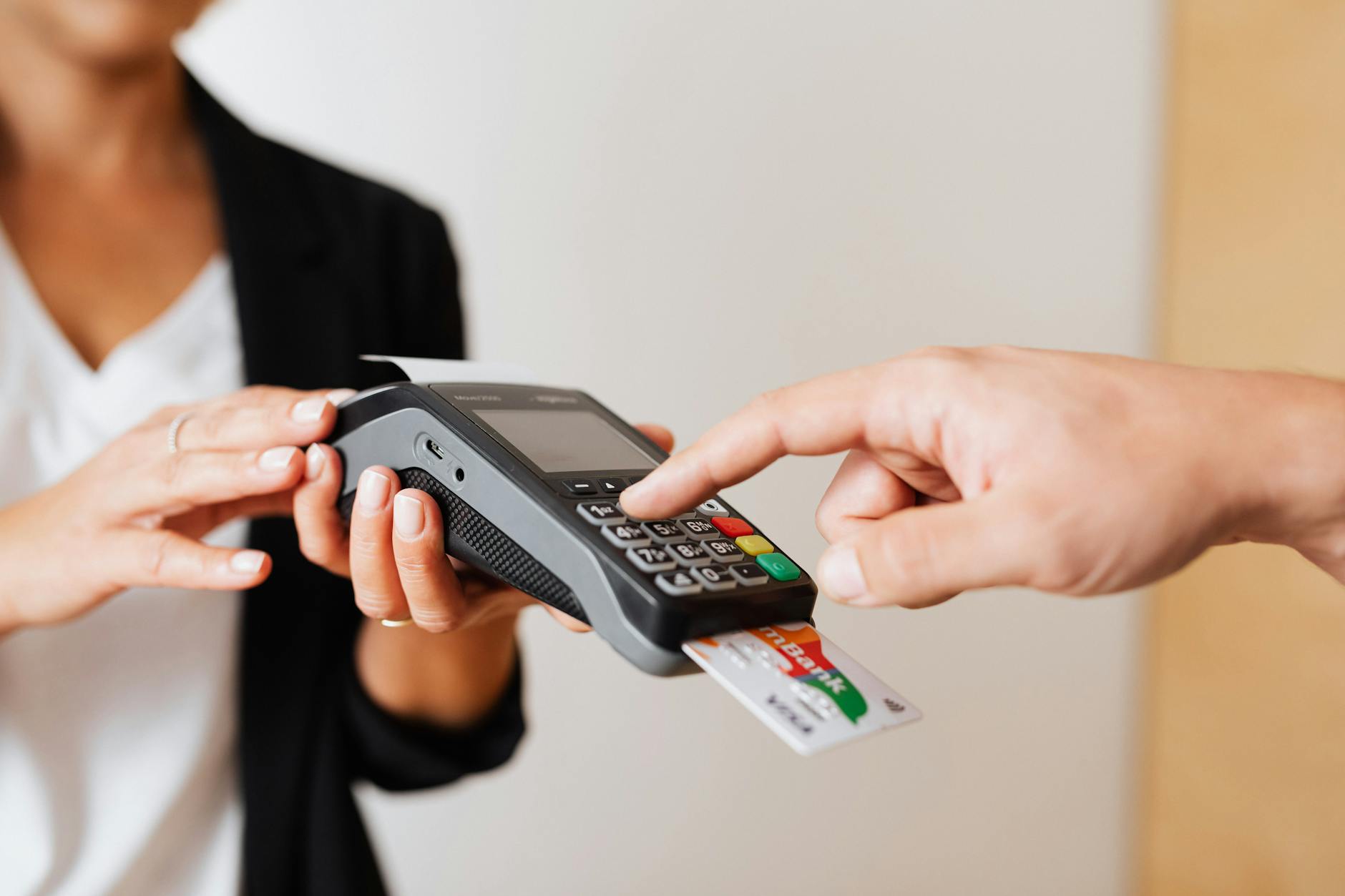Address
304 North Cardinal St.
Dorchester Center, MA 02124
Work Hours
Monday to Friday: 7AM - 7PM
Weekend: 10AM - 5PM
Address
304 North Cardinal St.
Dorchester Center, MA 02124
Work Hours
Monday to Friday: 7AM - 7PM
Weekend: 10AM - 5PM

Get Ease Your Payments

Are you tired of losing potential international customers due to payment processing limitations? 🌍💳 In today’s globalized economy, expanding your business beyond borders is crucial for growth. However, many entrepreneurs face a common roadblock: the inability to accept payments from customers worldwide.
Enter the game-changing solution: offshore payment gateways. These powerful tools can unlock a world of opportunities for your business, allowing you to tap into new markets and boost your revenue. But with so many options available, how do you navigate the complex landscape of offshore payment processing? 🤔
In this comprehensive guide, we’ll dive deep into the world of offshore payment gateways. We’ll explore everything from understanding their fundamental concepts to choosing the right gateway for your business. We’ll also cover crucial aspects such as legal considerations, security measures, and strategies to optimize your offshore payment process. By the end of this post, you’ll be equipped with the knowledge to overcome challenges and take your business to new international heights. Let’s embark on this exciting journey to revolutionize your payment processing! 🚀

Offshore payment gateways are financial services that facilitate online transactions for businesses operating in different countries. These gateways act as intermediaries between merchants, customers, and banks, enabling smooth cross-border payments. Key features include:
Offshore payment gateways offer several advantages for businesses operating globally:
| Feature | Offshore Payment Gateways | Domestic Payment Gateways |
|---|---|---|
| Currency Support | Multiple currencies | Limited to local currency |
| Merchant Types | High-risk and international | Primarily low-risk, local |
| Regulatory Compliance | Complex, international regulations | Simpler, local regulations |
| Transaction Fees | Often lower for international payments | Higher for cross-border transactions |
| Privacy | Enhanced privacy features | Standard privacy measures |
Offshore payment gateways provide unique benefits for businesses operating internationally. They offer multi-currency support, accept high-risk merchants, and often provide more competitive fees for cross-border transactions. However, they also come with more complex regulatory requirements compared to domestic gateways. Now that we’ve covered the basics of offshore payment gateways, let’s explore how to choose the right one for your business.
When choosing an offshore payment gateway, several crucial factors must be evaluated:
Here’s a comparison of some well-known offshore payment gateway providers:
| Provider | Key Features | Supported Countries |
|---|---|---|
| PaymentCloud | High-risk merchant friendly, customizable solutions | 100+ countries |
| 2Checkout | Multi-currency support, fraud protection | 200+ countries |
| Stripe | Developer-friendly, extensive API | 40+ countries |
| PayPal | Wide acceptance, buyer protection | 200+ countries |
Offshore payment gateway fees can vary significantly. Common fee structures include:
It’s essential to analyze your business volume and transaction patterns to determine the most cost-effective option.
Consider the following integration aspects:
Evaluate these factors alongside your technical team’s expertise to ensure a smooth integration process. Remember, the right offshore payment gateway should align with your business needs, target markets, and long-term growth strategy.

When operating an offshore payment gateway, adherence to international financial regulations is paramount. Businesses must navigate a complex web of rules set by various regulatory bodies, including:
Compliance ensures smooth operations and protects against legal repercussions. Here’s a quick overview of key regulations:
| Regulation | Purpose | Impact on Payment Gateways |
|---|---|---|
| GDPR | Data protection | Strict data handling procedures |
| PSD2 | Payment services | Enhanced security measures |
| Basel III | Banking standards | Increased capital requirements |
Offshore payment gateways must prioritize data protection to maintain customer trust and comply with laws like GDPR and CCPA. Key considerations include:
AML compliance is crucial for offshore payment gateways. This involves:
KYC is essential for verifying customer identities and preventing fraud. Offshore payment gateways should:
Navigating tax obligations in multiple jurisdictions can be complex. Consider:
Understanding these legal and regulatory considerations is crucial for successful operation of offshore payment gateways. By ensuring compliance, businesses can mitigate risks and build trust with customers and partners alike.

Offshore payment gateways employ robust encryption technologies to safeguard sensitive financial data. These advanced systems typically utilize:
| Encryption Method | Description | Benefits |
|---|---|---|
| SSL/TLS | Secures data in transit | Prevents man-in-the-middle attacks |
| End-to-end | Encrypts data throughout its lifecycle | Ensures data remains unreadable to unauthorized parties |
| Tokenization | Replaces sensitive data with unique tokens | Reduces risk of data breaches |
Offshore payment gateways implement sophisticated fraud detection mechanisms to protect merchants and customers alike. Key features include:
To mitigate the risk of chargebacks, offshore payment gateways offer:
Multi-factor authentication (MFA) adds an extra layer of security to offshore payment gateways. Common MFA methods include:
By implementing these robust security measures, offshore payment gateways can provide a secure environment for international transactions. Next, we’ll explore strategies for optimizing your offshore payment approach to maximize efficiency and minimize risks.

To optimize your offshore payment strategy, implementing robust currency conversion and multi-currency support is crucial. This feature allows businesses to cater to a global audience and simplify transactions across borders. Here’s a breakdown of key considerations:
| Feature | Benefit |
|---|---|
| Real-time exchange rates | Accurate pricing and competitive rates |
| Multi-currency accounts | Reduced conversion fees and easier reconciliation |
| Local currency processing | Improved customer experience and higher conversion rates |
Tailoring your payment options to local preferences is essential for success in different markets. Consider the following:
With the increasing prevalence of mobile transactions, optimizing for mobile payments is crucial:
Expanding beyond traditional credit card payments can significantly boost your conversion rates:
By implementing these strategies, you can create a more inclusive and efficient offshore payment system that caters to diverse customer needs and preferences across different markets.
When dealing with offshore payments, managing high-risk transactions is crucial. Here are some key strategies to mitigate risks:
Currency fluctuations can significantly impact offshore payments. To minimize the effects:
Cross-border disputes can be complex. Here’s a comparison of dispute resolution methods:
| Method | Advantages | Disadvantages |
|---|---|---|
| Arbitration | Faster, enforceable | Can be costly |
| Mediation | Flexible, preserves relationships | Non-binding |
| Litigation | Formal legal process | Time-consuming, expensive |
To reduce delays in offshore payments:
By addressing these challenges proactively, businesses can streamline their offshore payment processes and reduce potential risks. Implementing a combination of technological solutions, strategic financial planning, and clear dispute resolution procedures will contribute to a more efficient and secure offshore payment ecosystem.

Offshore payment gateways offer businesses a powerful tool to expand their global reach and tap into international markets. By carefully selecting the right gateway, considering legal and regulatory requirements, and implementing robust security measures, companies can create a seamless and secure payment experience for their customers worldwide.
As you venture into the world of offshore payments, remember to continuously optimize your strategy and stay adaptable to overcome challenges. With the right approach, offshore payment gateways can become a cornerstone of your business’s international success, opening doors to new opportunities and driving growth in an increasingly interconnected global economy.